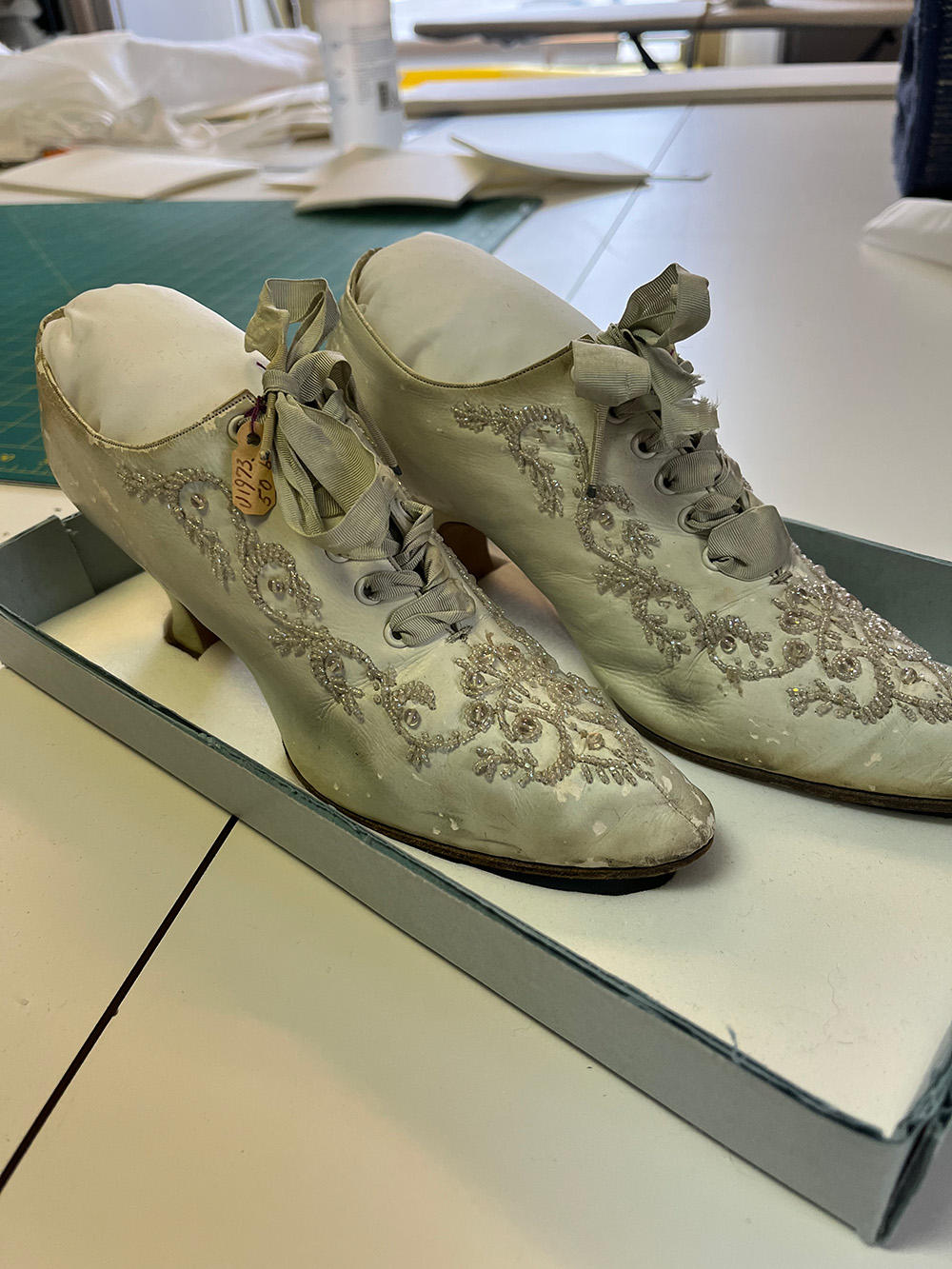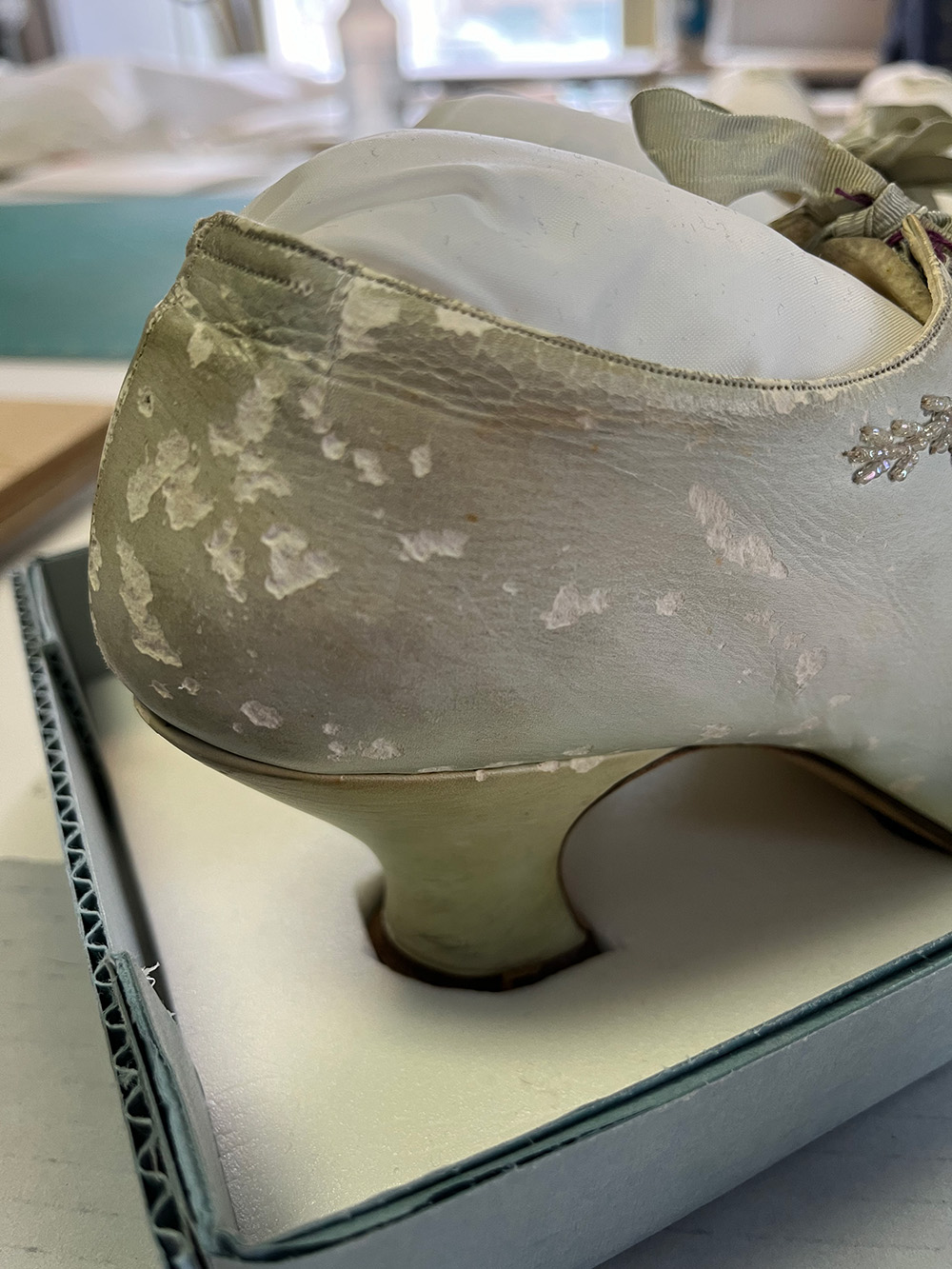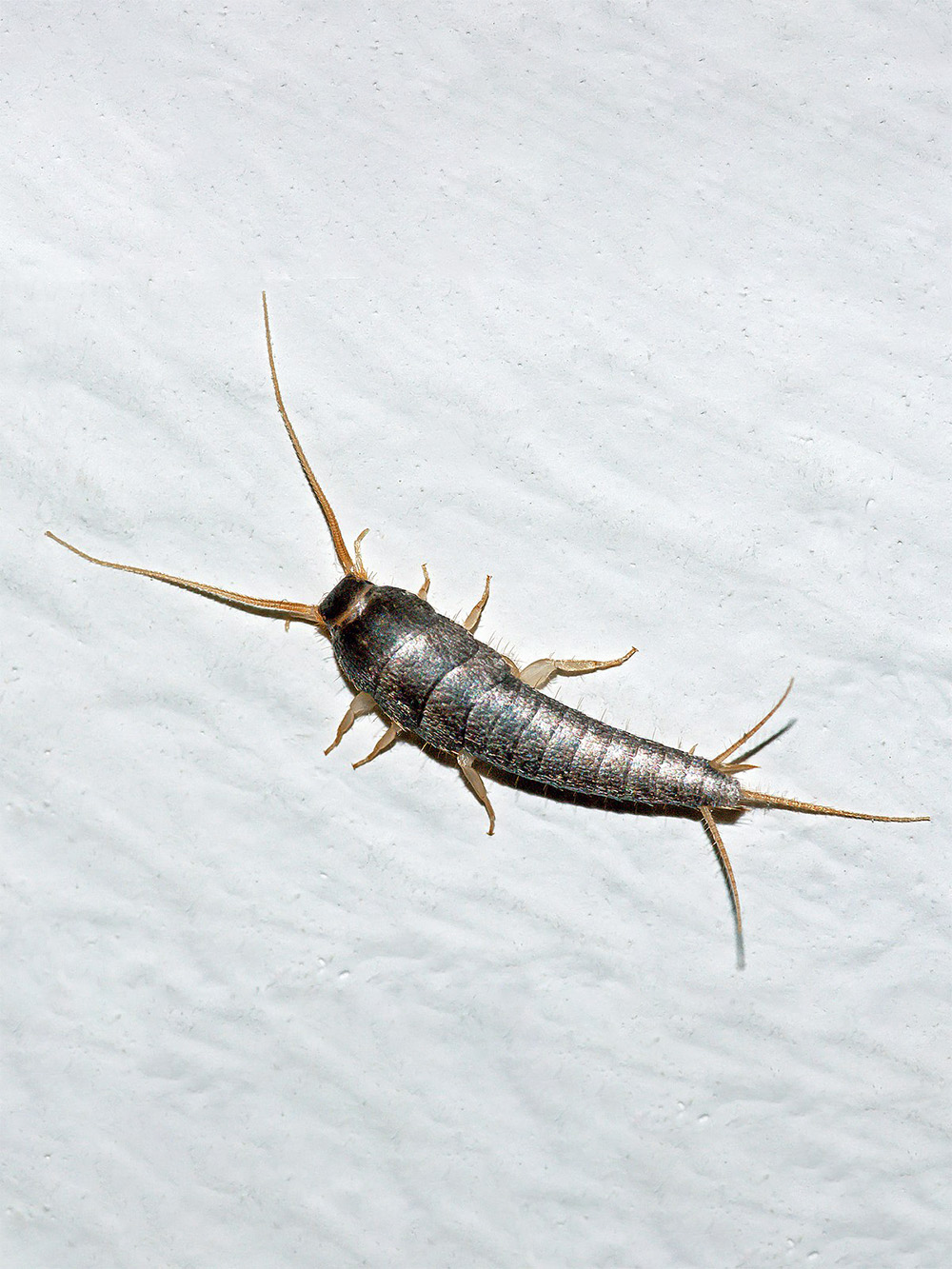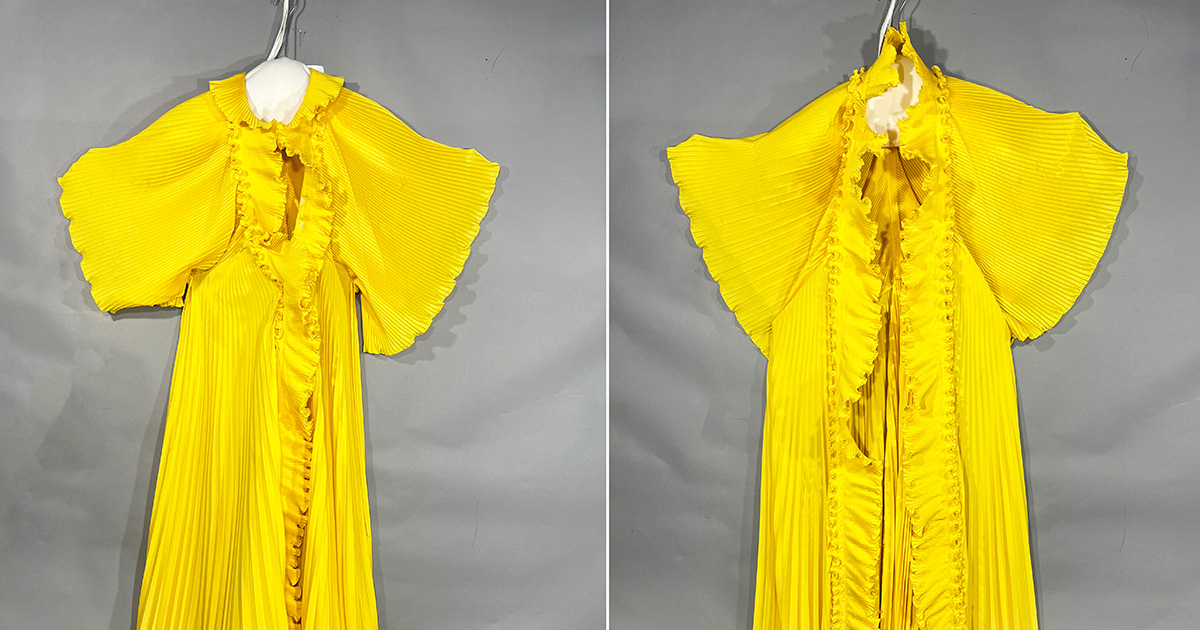- Events & Programs Home
- Calendar
- Accessibility
- Adults
-
Families & Teens
- Families & Teens Home
- 10x10 Teen Art Expo
- Art on the Rise
- Art Together: Art Making for Families with Children Ages 3–5
- Babies Sing with May Festival Minis
- Boy Scouts / Girl Scouts
- CAM Kids Day
- Family Storytime and Gallery Walk
- Family Studio: Art Making for Families with Children Ages 6–12
- Games in the Galleries
- Members-Only Baby Tours
- Public Baby Tours
- REC Reads
- Rosenthal Education Center (REC)
- Saturday Morning Art Class
- See Play Learn Kits
- Summer Camp
- Teachers
- Community Outreach
- Fundraisers
- Plan Your Own Event

- Events & Programs Home
- Calendar
- Accessibility
- Adults
-
Families & Teens
- Families & Teens Home
- 10x10 Teen Art Expo
- Art on the Rise
- Art Together: Art Making for Families with Children Ages 3–5
- Babies Sing with May Festival Minis
- Boy Scouts / Girl Scouts
- CAM Kids Day
- Family Storytime and Gallery Walk
- Family Studio: Art Making for Families with Children Ages 6–12
- Games in the Galleries
- Members-Only Baby Tours
- Public Baby Tours
- REC Reads
- Rosenthal Education Center (REC)
- Saturday Morning Art Class
- See Play Learn Kits
- Summer Camp
- Teachers
- Community Outreach
- Fundraisers
- Plan Your Own Event
Blog: CAM Uncovered
Blog: CAM Uncovered
- Home
- Plan Your Visit
- Art
-
Events & Programs
- Events & Programs Home
- Calendar
- Accessibility
- Adults
-
Families & Teens
- Families & Teens Home
- 10x10 Teen Art Expo
- Art on the Rise
- Art Together: Art Making for Families with Children Ages 3–5
- Babies Sing with May Festival Minis
- Boy Scouts / Girl Scouts
- CAM Kids Day
- Family Storytime and Gallery Walk
- Family Studio: Art Making for Families with Children Ages 6–12
- Games in the Galleries
- Members-Only Baby Tours
- Public Baby Tours
- REC Reads
- Rosenthal Education Center (REC)
- Saturday Morning Art Class
- See Play Learn Kits
- Summer Camp
- Teachers
- Community Outreach
- Fundraisers
- Plan Your Own Event
- Give & Join
- About
- Tickets
- Calendar
- Exhibitions
- Collections
- Blog
- Shop
Behind the Scenes in Conservation: Shoes with the Blues
by Obie Linn, Conservator of Textiles
2/29/2024
CAMConservation , textile conservation , museum pests , silverfish , historic Cincinnati
This week in textile conservation, I’ve been working to improve the storage for part of our collection of ladies’ shoes from the early 1900s. These elegant pale blue kid leather shoes came to the lab for a new storage tray and interior padding, but they are interesting because they bear tell-tale damage from a specific collection pest: silverfish (Lepisma saccharinum). The damage is old and there is no reason to be concerned about a current infestation of silverfish. (We keep a pretty tight watch on the collection for that kind of activity!) But these shoes have definitely encountered silverfish in the past.
Silverfish damage is identifiable by a distinctive pattern of shallow, discrete impressions over a surface (see photo) sometimes as penetrating holes in thin material. They may leave sort of a lacy pattern. Here, the silverfish have clearly grazed over the surface of the leather, eating the blue finished surface but stopping when they got to tougher layers beneath. There isn’t much we can do to fix this damage (and the front of the shoes are mostly untouched), so prevention is very important.
Conservators wear a lot hats, including “Museum Entomologist”! We need to recognize insects and their distinctive work (like this grazing pattern) and know how to respond. If I did suspect an active infestation (or if you suspect one in your home!), one of the best interventions is to freeze the object(s) in question in two cycles: a week in the freezer, a thorough thaw, then another week in the freezer.

A view of the shoes in their new storage tray.
(Pair of shoes, 1903-1905, United States, H. & S. Pogue, Co. (U.S., est. 1863), leather, glass beads, Gift of Mrs. R. Warren White, U1973.50a-b)

The heel of the right shoe has the worst—and most textbook—damage from silverfish grazing. You can see how the insect has sort of rasped away the surface of the leather as it wandered over the surface.
(Pair of shoes, 1903-1905, United States, H. & S. Pogue, Co. (U.S., est. 1863), leather, glass beads, Gift of Mrs. R. Warren White, U1973.50a-b)

A picture of the culprit of this kind of damage: silverfish or Lepisma saccharinum (photo from Wikipedia).
Related Blog Posts

Cincinnati, OH 45202
Toll Free: 1 (877) 472-4226
Museum Hours
Museum Shop
Terrace Café
Library
Cincinnati Art Museum is supported by the tens of thousands of people who give generously to the annual ArtsWave Campaign, the region's primary source for arts funding.

Free general admission to the Cincinnati Art Museum is made possible by a gift from the Rosenthal Family Foundation. Exhibition pricing may vary. Parking at the Cincinnati Art Museum is free.
Generous support for our extended Thursday hours is provided by Art Bridges Foundation’s Access for All program.

General operating support provided by:




